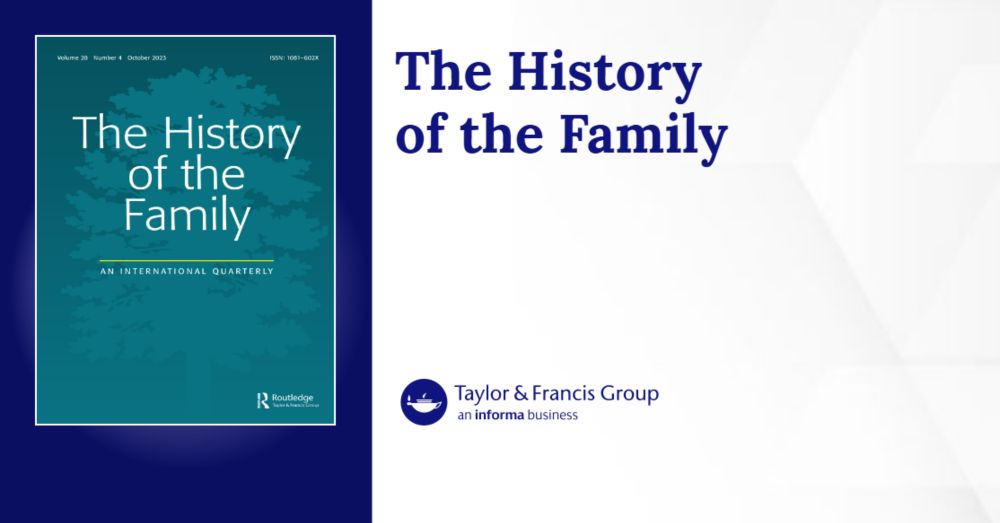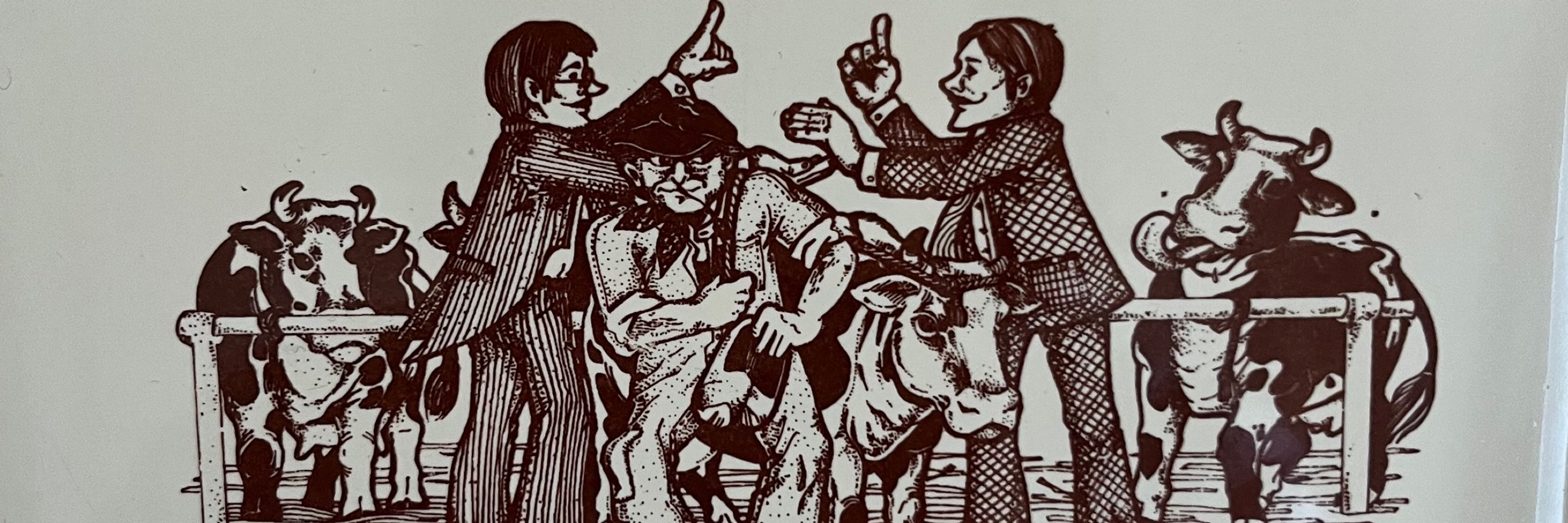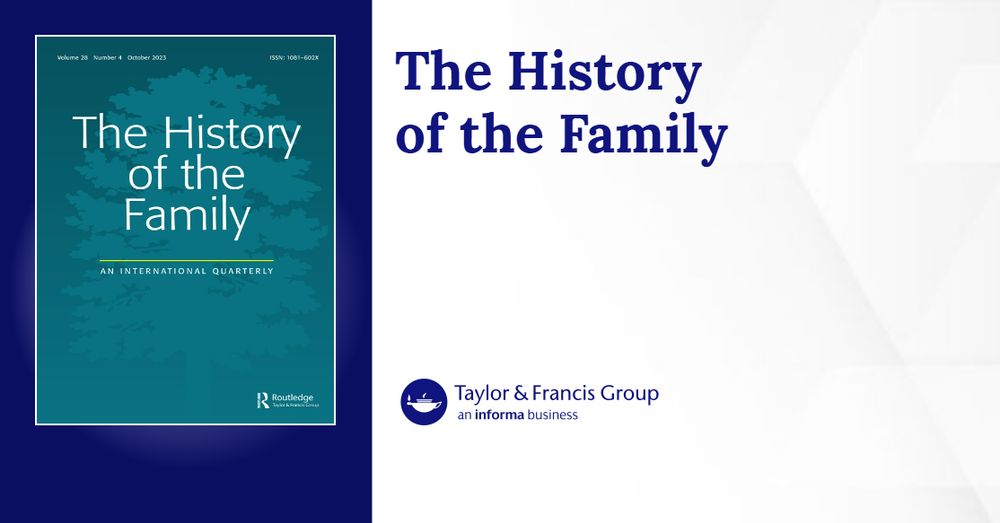Bram Hilkens
@bramhilkens.bsky.social
87 followers
120 following
32 posts
Economic history - Preindustrial inequality - Early modern Holland - Unrelated near-dangerous music obsession
Posts
Media
Videos
Starter Packs
Bram Hilkens
@bramhilkens.bsky.social
· Sep 6
Bram Hilkens
@bramhilkens.bsky.social
· Aug 26
Bram Hilkens
@bramhilkens.bsky.social
· Aug 26
Bram Hilkens
@bramhilkens.bsky.social
· Aug 6
Bram Hilkens
@bramhilkens.bsky.social
· Aug 4
Bram Hilkens
@bramhilkens.bsky.social
· Jul 18
Bram Hilkens
@bramhilkens.bsky.social
· Jul 12
Bram Hilkens
@bramhilkens.bsky.social
· Jul 10
Bram Hilkens
@bramhilkens.bsky.social
· Jul 10
Bram Hilkens
@bramhilkens.bsky.social
· Jul 10
Bram Hilkens
@bramhilkens.bsky.social
· Jul 10
Bram Hilkens
@bramhilkens.bsky.social
· Jul 10
Bram Hilkens
@bramhilkens.bsky.social
· Jul 10
Bram Hilkens
@bramhilkens.bsky.social
· Jul 10
Bram Hilkens
@bramhilkens.bsky.social
· Jul 10
Bram Hilkens
@bramhilkens.bsky.social
· Jul 10
Bram Hilkens
@bramhilkens.bsky.social
· Jul 10

Mortality, morcellation, and the market: the impact of epidemic disease mortality on land distribution in a seventeenth-century-Holland village
The current article aims to explain the distributional consequences of epidemic mortality by assessing the relationship between post-epidemic land redistribution and land market exchange for one vi...
www.tandfonline.com
Bram Hilkens
@bramhilkens.bsky.social
· May 27
Vol. 22 No. 1 (2025): TSEG
| TSEG - The Low Countries Journal of Social and Economic History
TSEG (Tijdschrift voor Sociale en Economische Geschiedenis) - The Low Countries Journal of Social and Economic History, is het Nederlands-Vlaamse vaktijdschrift op het gebied van de sociale en economi...
tseg.nl
Bram Hilkens
@bramhilkens.bsky.social
· May 27
Verschillende ongelijkheden? The new history of old inequality en Oorlog en ongelijkheid
| TSEG - The Low Countries Journal of Social and Economic History
TSEG (Tijdschrift voor Sociale en Economische Geschiedenis) - The Low Countries Journal of Social and Economic History, is het Nederlands-Vlaamse vaktijdschrift op het gebied van de sociale en economi...
tseg.nl
Bram Hilkens
@bramhilkens.bsky.social
· May 16
Bram Hilkens
@bramhilkens.bsky.social
· Apr 22





